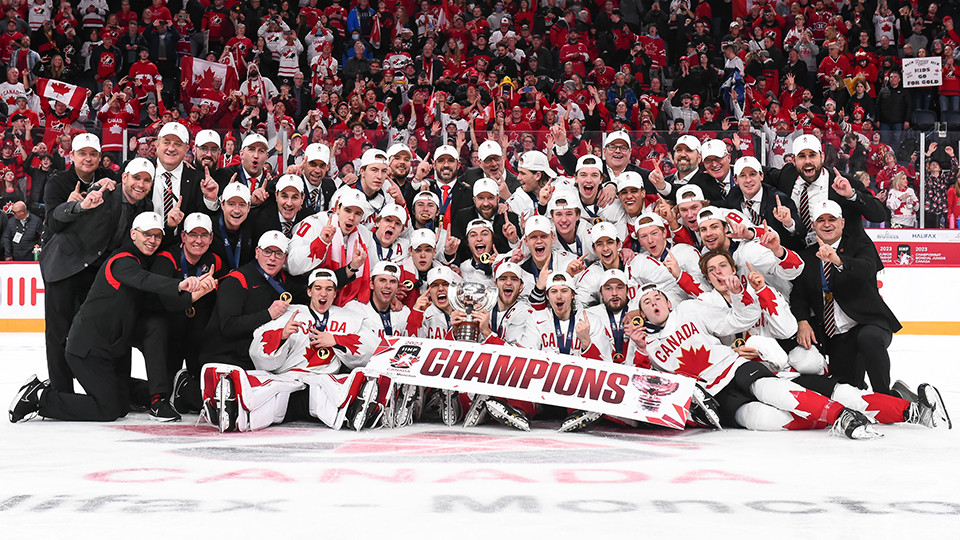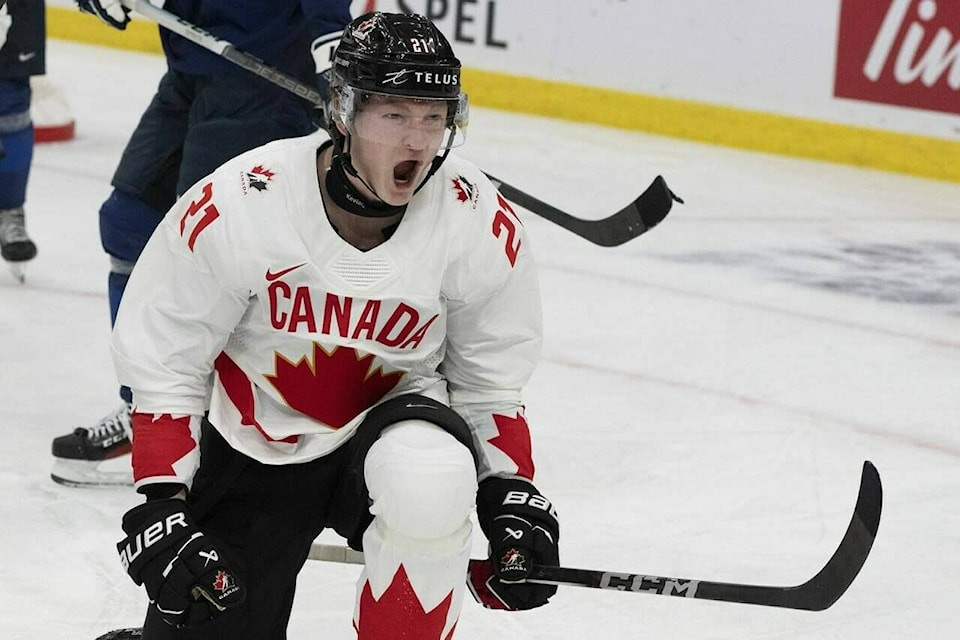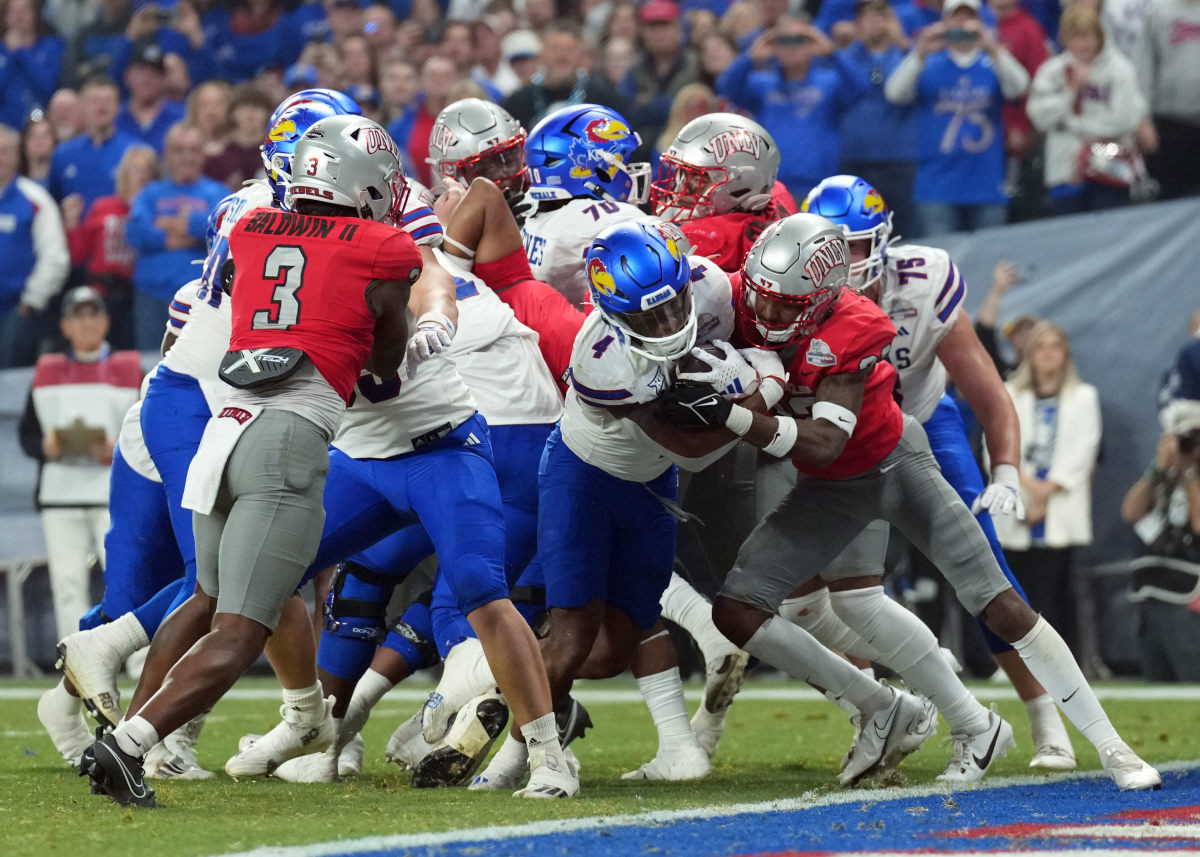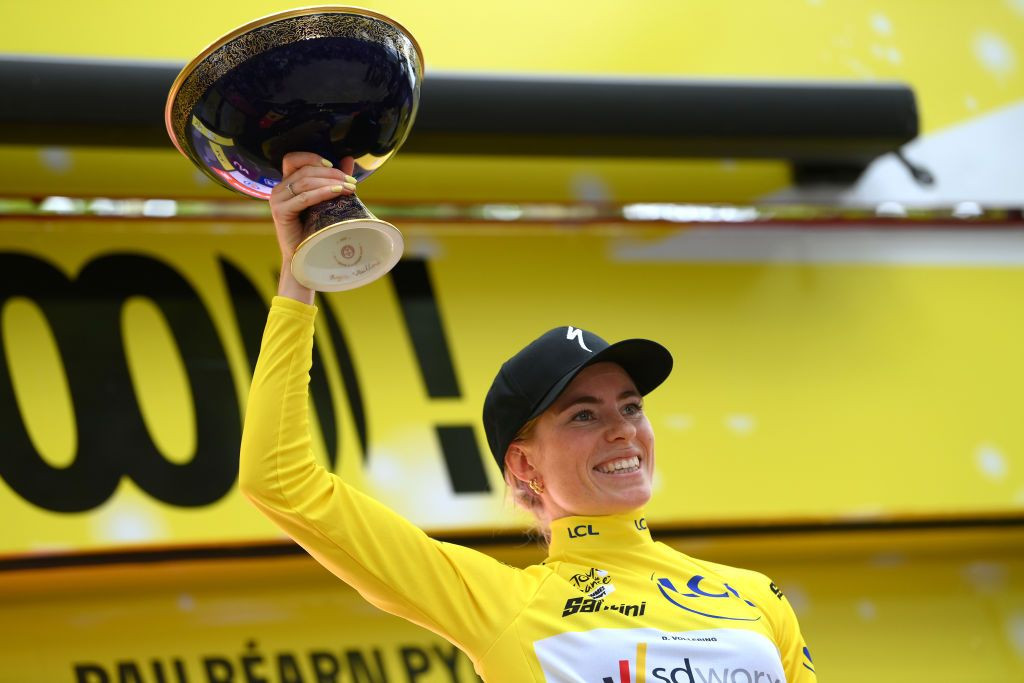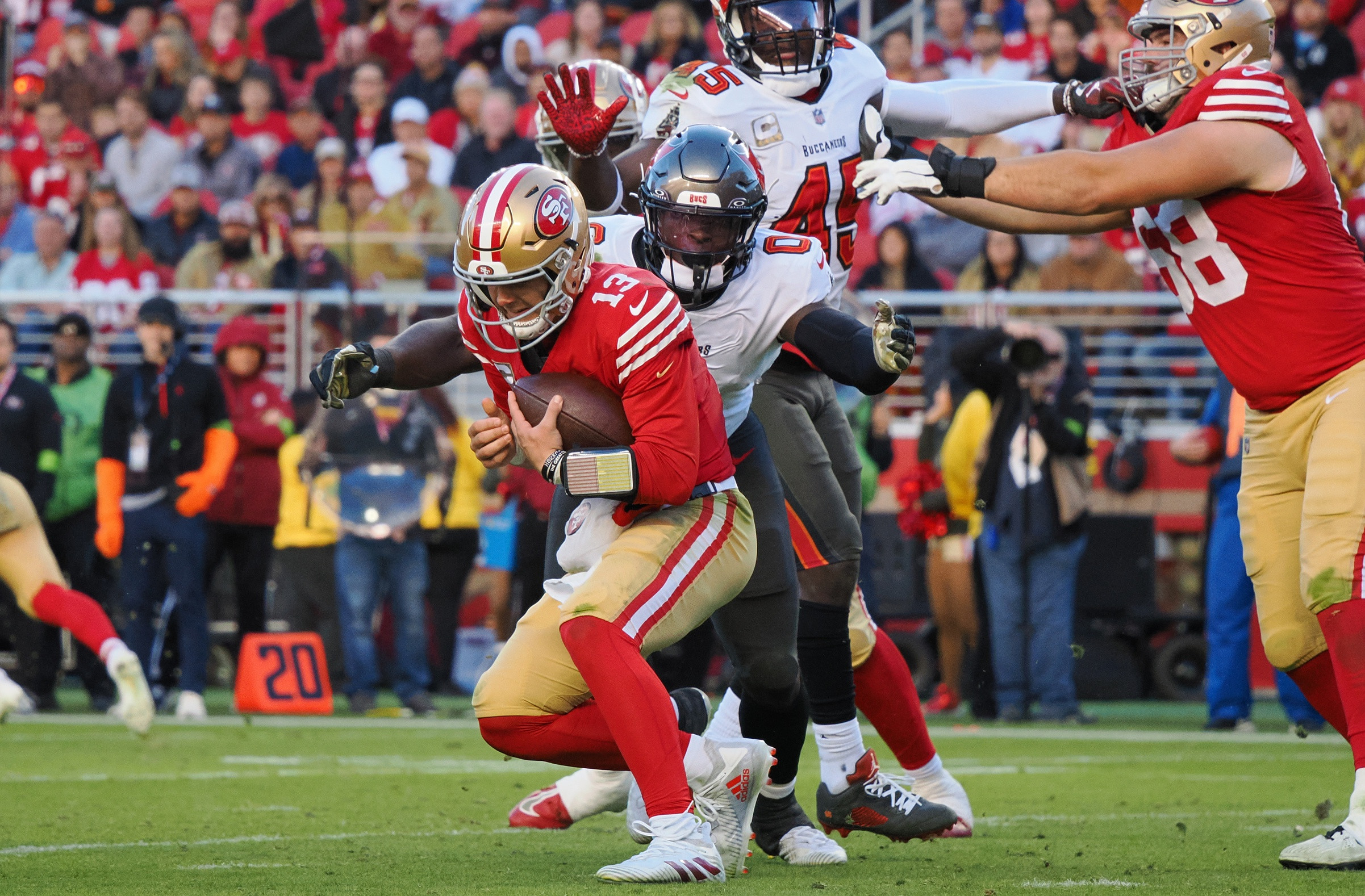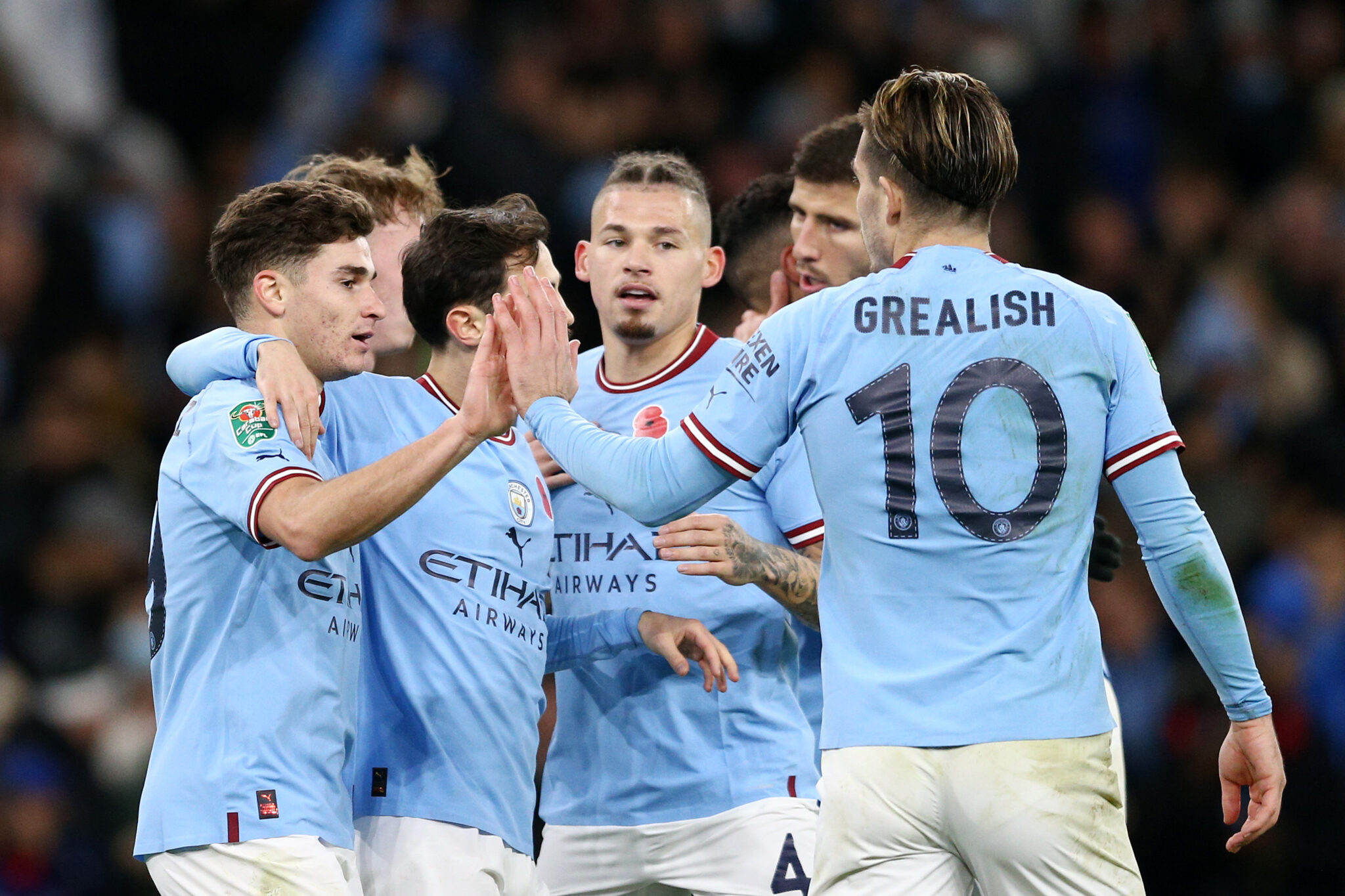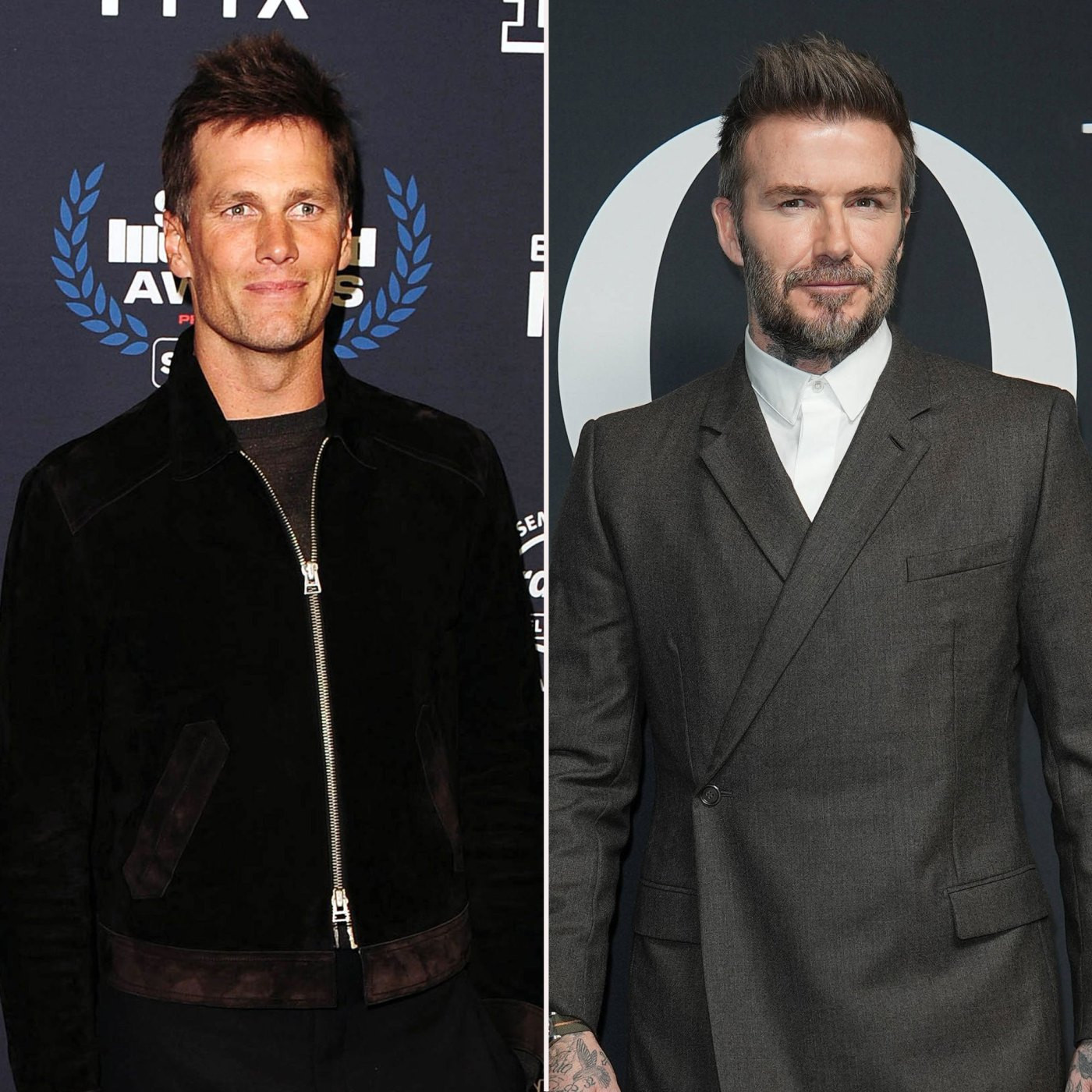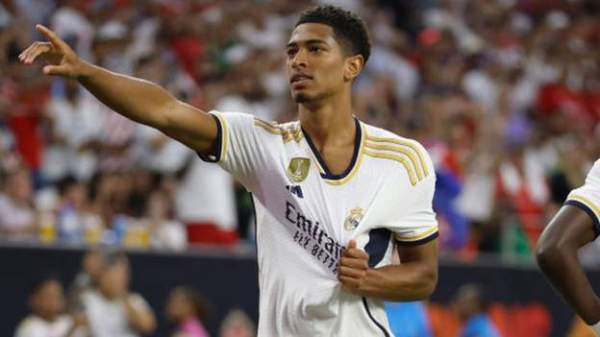Team Canada's World Juniors Strategy: Beyond the Hype
Dave Cameron, the head coach of Team Canada's men's national junior hockey team, recently took some time to reflect on the team's performance and the intense media scrutiny they faced during the World Juniors Championship. His insights offer a fascinating look into the strategic decisions behind player selection and the challenges of managing expectations amidst the ever-present hype surrounding the tournament.
The Impact of Hype on Player Evaluation
Cameron emphasized the significant influence of hype on evaluating players and the game itself. He notes that the intense media attention and public expectations can often overshadow objective assessments of a player’s capabilities. He articulated, “In hockey in general, (with) the hype and that, the actual evaluation of the game is missed a lot of times because of the hype.” This sentiment highlights the pressure placed on both players and coaches to perform under the intense spotlight of the World Juniors.
Managing the Pressure Cooker Environment
The pressure isn't limited to media scrutiny. Cameron also addressed the internal pressures players feel due to hype. He explained how dissatisfaction with ice time or other factors can distract from the core objective of the game: playing their best hockey. He advocates for maintaining simplicity and allowing the game to dictate the outcome rather than succumbing to external influences. In essence, filtering the noise and focusing on the task at hand.
Lineup Adjustments and Player Choices
The adjustments made to the Team Canada lineup after their loss to Latvia highlighted Cameron's coaching approach. While the loss sparked questions, the coach was quick to give credit to Latvia, noting the exceptional performance of their goaltender. He stated, “It was more what Latvia did than what we didn’t do. The goalie had the game of his life.” Yet the lineup against Germany showcased several critical changes.
Key Changes and Rationale
One notable alteration involved swapping Carson Rehkopf for Porter Martone. Rehkopf, a high-scoring teenager, was a healthy scratch in previous games despite his impressive scoring record. Cameron justified the decision by explaining that other players provided a better combination to win the game, revealing a calculated strategic approach rather than overlooking talent.
Another significant switch saw Cole Beaudoin promoted to the first line, highlighting his aggressive playing style. Cameron praised Beaudoin's style, calling him, “a helluva hockey player,” emphasising his value in crucial aspects of the game. The move reflects Cameron’s focus on bringing intensity and physicality to the team's offense.
Furthermore, the defensive pairing was adjusted with Sam Dickinson replacing the injured Matthew Schaefer. Partnered with Oliver Bonk, Dickinson’s inclusion enhanced the defensive line's capabilities. Cameron described Dickinson as a “real helluva hockey player,” with “a real good 200-foot game” further showcasing his confidence in his decision-making process. The chemistry between Dickinson and Bonk, honed over several seasons with the London Knights, was also noted as a critical factor in this decision.
The Value of Genuine Interaction
Cameron’s off-day activities included conversations with minor-league coaches, providing insight into his broader approach to coaching and professional development. He mentioned, “I love talking hockey, so that was real good for me, from a point of view that in this business, you’re always sharing information, and when you share information you learn.” This highlights the importance of continuous learning and information exchange in his coaching philosophy. He also contrasted questions from coaches and media, noting that coaches’ questions are more relevant, underscoring his preference for genuine interactions focused on game strategy and analysis rather than media-driven hype.
A Coach's Reflective Journey
Beyond the lineups and game strategies, Cameron's reflections offer valuable insights into the challenges of coaching at the highest levels of junior hockey. He manages to balance the immense pressure and hype with a practical, pragmatic, and deeply human approach to decision-making and strategy. This insightful view of Team Canada’s World Juniors campaign reveals more than just a coach’s tactics, it’s a compelling story of resilience, strategic thinking, and a nuanced perspective on the complexities of elite-level hockey.
The World Junior Hockey Championships remains an extremely important tournament, filled with pressure, passion, and talent. And as Dave Cameron continues to lead the team through this journey, the lessons he’s learned and the strategy he’s employed will undoubtedly continue to be both observed and analyzed by hockey enthusiasts and coaches alike. The journey continues and the future of Team Canada's performance will remain a captivating story, one that combines athletic talent with the calculated strategic decisions of its coaching staff. The games continue, the pressure intensifies, and the challenge of balancing hype and reality unfolds on the ice.




